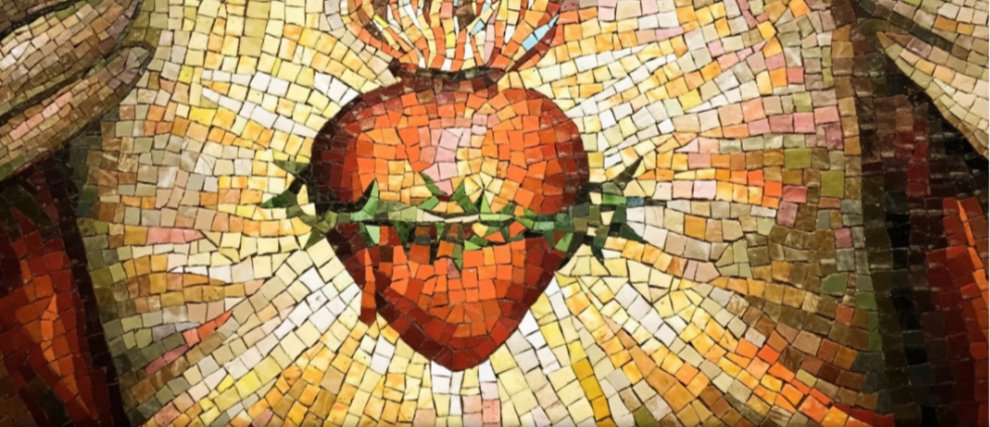Feast of Candlemas: Meaning and Origins, Celebration, Traditions, Prayers
On February 2nd, forty days after Christmas, we celebrate Candlemas, also called the "Feast of Candles." Of pagan origin dating back to antiquity, this feast became Christian in the 5th century: Christians commemorate the presentation of the child Jesus at the temple on this date.
Every year, on this occasion, the tradition is also to enjoy delicious crêpes!
What is the origin of the Feast of Candlemas? Why is Candlemas called the feast of crêpes? Learn the history and traditions that characterize Candlemas! Discover how the Church celebrates the Presentation of the Lord at the Temple, and encounter Christ, the light of the world, on this occasion!
Origins and Meaning of Candlemas
Candlemas, Feast of the Presentation of Jesus at the Temple!
Now a Christian feast, Candlemas takes place on February 2nd, forty days after the nativity of Jesus. On Candlemas, the Church celebrates the presentation of Christ at the temple and his recognition by Simeon as the "light of the world."
The presentation at the temple was a ritual of religious law at that time. According to Jewish tradition, it was customary to present children at the temple shortly after their birth. Thus, Joseph and Mary went to Jerusalem forty days after the birth of the child Jesus. The evangelist Saint Luke describes this event as follows:
"When the time came for the purification rites required by the Law of Moses, Joseph and Mary took him to Jerusalem to present him to the Lord (as it is written in the Law of the Lord, 'Every firstborn male is to be consecrated to the Lord')." (Luke 2:22-40)
Saint Luke also reveals the prophecy fulfilled by Simeon, who, upon seeing Jesus, exclaims:
“For my eyes have seen your salvation, which you have prepared in the sight of all nations: a light for revelation to the Gentiles, and the glory of your people Israel.” (Luke 2:30-32)
Through this event, the Catholic Church celebrates Christ, who illuminates our humanity and all creation!
History of Candlemas
The Feast of Candlemas takes its name from the Latin candelarum meaning "candles." Indeed, its origins date back to antiquity, when the Romans celebrated the Lupercalia: the tradition was to hold torchlit processions in the streets of Rome.
It was not until 472, under the pontificate of Pope Gelasius I, that the feast became Christian. The Feast of Candles has celebrated the presentation of Jesus at the temple since the 5th century. The tradition of candlelit processions continues in the Church, but candles are replaced by blessed candles, signifying that Jesus is the "light of the world"! Since the 14th century, the Church has also associated this feast with the purification of the Blessed Virgin Mary.
In the Eastern Church, however, the liturgical tradition of celebrating the presentation at the temple predates the 5th century: as early as the first centuries, Orthodox Christians customarily organized festivities forty days after Christmas.
The Celebration of Candlemas in the Catholic Church
The Feast of Candlemas, on February 2nd, concludes the cycle of the nativity of Christ, which begins with Advent. For Christians, it symbolizes the encounter of Christ with the community of believers who await his coming in hope, as Saint Luke signifies in his gospel.
The presentation of Jesus at the temple is indeed a luminous feast, filled with joy! The Church reminds us that on this day, Christ reveals himself to the nations as the true light of the world! Thus, the liturgy of February 2nd gives great emphasis to light: candles are blessed and brought home as a sign of divine protection.
The liturgy of the day naturally leads us to reread the passage from the Gospel of Saint Luke, recounting the presentation of Jesus and Simeon’s prophecy. We also meditate on the words of the prophet Malachi, announcing the coming of Christ:
“I will send my messenger, who will prepare the way before me. Then suddenly the Lord you are seeking will come to his temple; the messenger of the covenant, whom you desire, will come,” (Malachi 3:1).
Candlemas, the Crêpes Feast: Where Does This Tradition Come From?
Often called the "feast of crêpes," Candlemas revives a popular tradition: cooking and enjoying delicious crêpes!
This tradition is attributed to an ancient agricultural practice: in February, winter sowing once began. It was customary to use surplus flour to make crêpes. They symbolized prosperity for the coming harvests, as the saying goes: “If you do not want your wheat to be blighted, eat crêpes on Candlemas.” Moreover, the round shape of crêpes, resembling the sun, symbolized the return of sunny days and light after the long winter!
Another tradition dates back to the 5th century: the gold coin! The custom was to flip crêpes while holding a gold coin in the left hand. If the crêpe landed correctly back in the pan, it brought good luck for the entire year!
Pray with Hozana on the Occasion of Candlemas!
Candlemas is called the "Feast of the Encounter" in Eastern churches! Indeed, Christ, the light of the world, reveals himself to us on this feast of his presentation at the temple!
Take this opportunity to personally encounter Christ in your life! Pray that all may meet the one who is the light of the nations!
by meditating daily on a Gospel passage!
for men and women worldwide to have a personal encounter with the sacred heart of Jesus!
, receive an annotated prayer each and every day.

